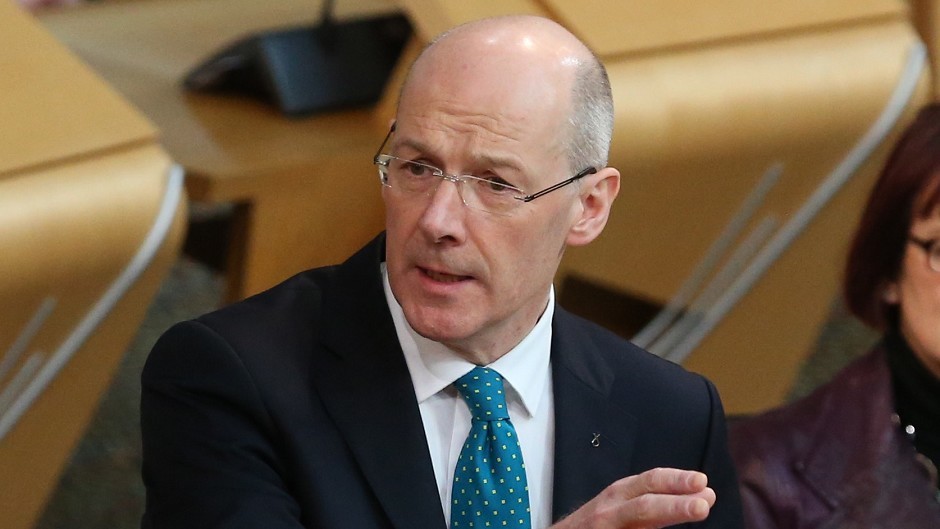New research published by the Scottish Government has showed that the North Sea remains the largest oil producer in the EU.
The latest Oil and Gas Bulletin states that capital investment is likely to have peaked in 2014 after four successive years of record levels.
It also shows that production appears to be approaching a turning point, with the latest data indicating that production in April increased by almost 10% compared to the same month last year.
The bulletin shows that high levels of investment and the current oil price have resulted in revenues declining.
It revealed that the total value of the sector, which supports around 200,000 jobs, has a supply chain with international sales of more than £11billion.
Deputy First Minster John Swinney said: “There is no disputing that the industry has faced a very challenging year and we continue to work relentlessly to safeguard jobs and retain vital skills.
“These figures show that considerable opportunities to extend production remain in the UK continental shelf and that, properly supported, the industry can boost production over the next five years.
“Indeed, over the longer term, the full and swift implementation of the Wood Review’s recommendations could help to bring 3-4 billion barrel of oil equivalent of reserves into production over the next 20 years.”
Mr Swinney said good stewardship could not be over stated and stronger fiscal incentives to support exploration were needed.
“It is not acceptable for the UK Government to sit back and accept low revenues,” he added.
“Both governments and the industry must continue to work together to improve efficiency, production and deliver better results for the North Sea.”
